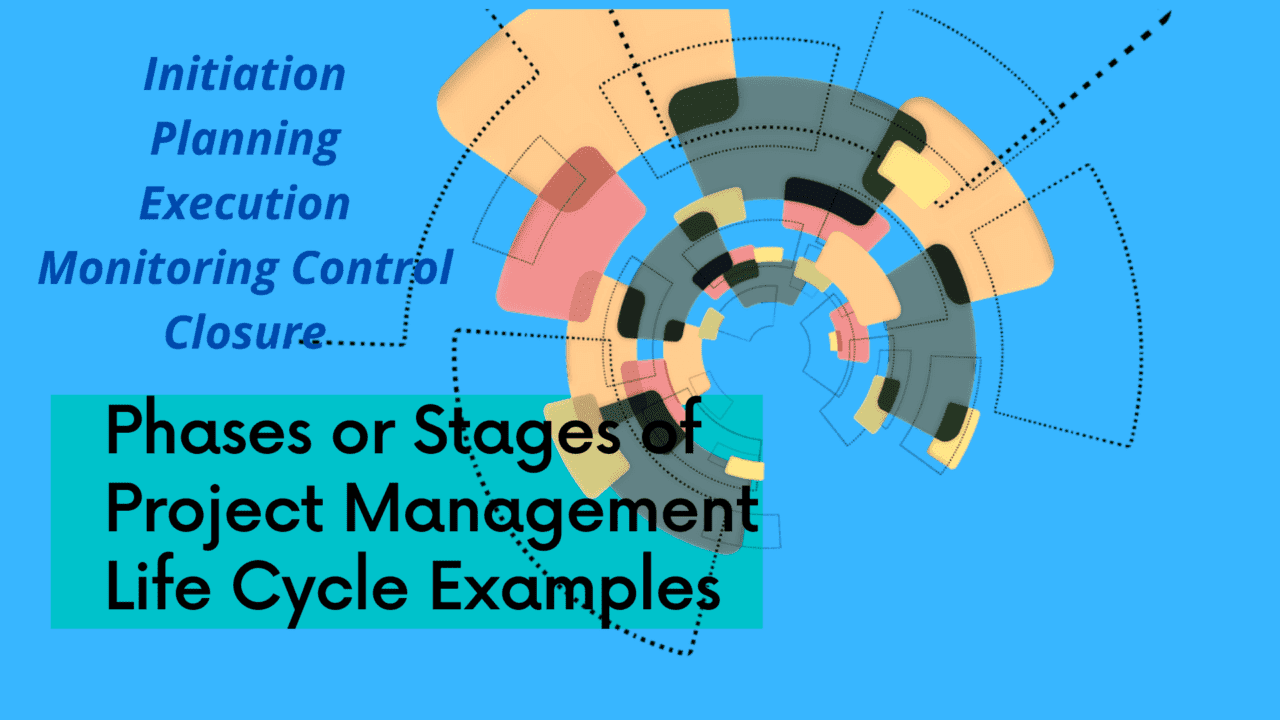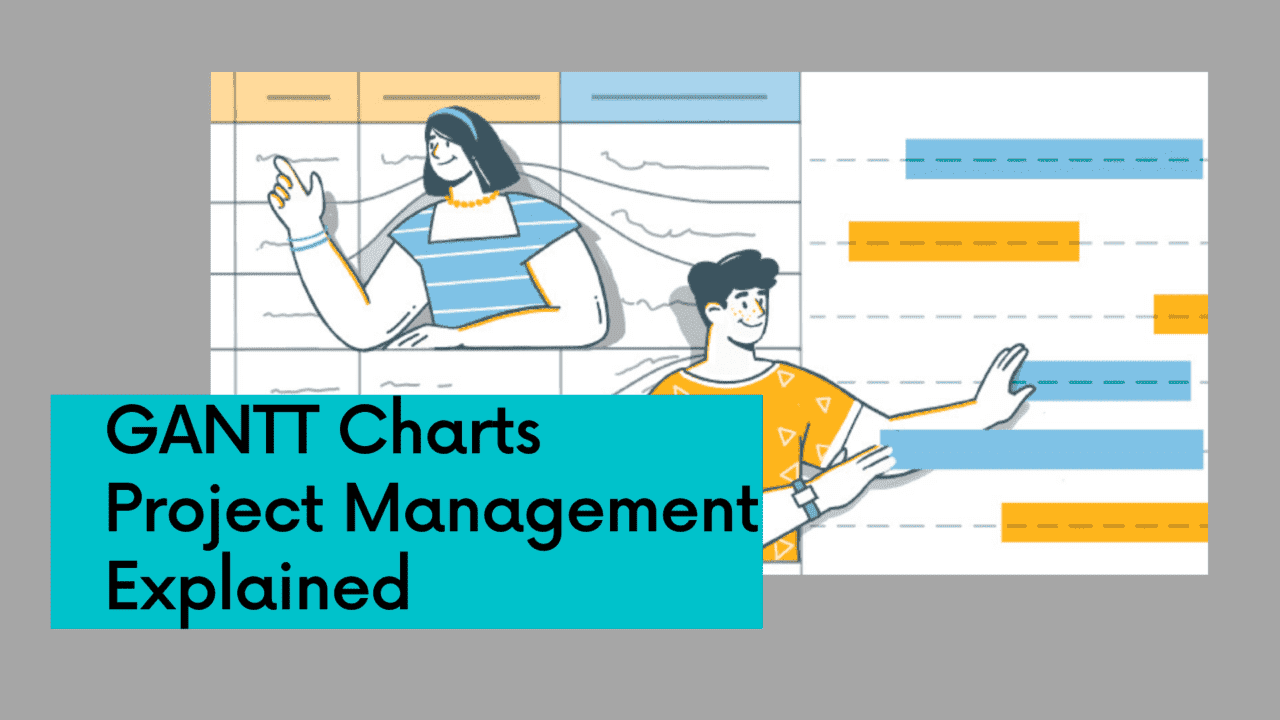As one of the key projects related to the national economy and people’s livelihood. The importance of electric power engineering has become increasingly prominent. With the rapid development of my country’s social economy, electric power engineering has made great progress. Which reflect in electric power-related technologies and the scale of electric power enterprises.
Here are the articles to explain, Analysis of Management Problems in Electric Power Engineering Installation Projects
Electric power installation and construction projects are an important link in the development of electric power engineering and have a very important impact on the development of the industry. Therefore, to ensure the good development of power installation and construction projects. It is necessary to improve construction technology and strengthen construction project management at the same time.
Main Keywords: electric installation; project management; construction
This article mainly starts from the perspective of power installation construction project management, first briefly analyzes its basic content, and then elaborates on the main links involved and the problems that need attention, aiming to provide certain references for power installation construction project management.
In the healthy, stable, and rapid development of the social economy, power security is an indispensable factor. In recent years, the reform of my country’s electric power system has been continuously promoted. And the development of electric power engineering has ushered in new opportunities and challenges. Due to the obvious advantages of power installation. Such as sufficient funds and advanced technology, plays an important role in promoting the development of power.
In the development process of power installation construction projects, construction project management plays an irreplaceable role. However, what needs to realize is that there are still many problems in the management of power installation construction projects. Such as delays in project progress and substandard quality. Because of this, this paper analyzes some problems in the management of power installation construction projects. To provide certain references for promoting the development of power systems.
Content of power installation and construction project management
For a complete power installation and construction enterprise. It needs to meet several basic conditions, such as funds, capital, labor, equipment, technology, etc. Therefore, in the management of power installation and construction projects. It is necessary to start from the above aspects, rationally coordinate and allocate, and achieve “make the best use of everything and make the best use of people”, to effectively improve management efficiency.
The process of carrying out power installation and construction projects is not always a single repetition. But is constantly changing according to the specific requirements of each project. And on this basis, optimizes the allocation of various resources, such as labor, materials, funds, technical processes, etc. This optimal configuration is a dynamic process. In power installation and construction projects, it is necessary to strictly control the overall cost of the project under the premise of ensuring quality, avoiding waste to the greatest extent, and completing project management efficiently.
The main links between electric power installation and construction project management and its precautions
In the project management of electric power installation and construction. The main links involved include four aspects, namely project management, labor resource management, labor allocation, and capital management. In actual management, it is necessary to make relevant precautions according to the characteristics of each link.
Engineering project management
For the management of electric power installation and construction projects. It is very complicated and cumbersome work, involving many aspects, mainly to make reasonable arrangements for the quantity, steps, and time of resource input, and adhere to the principle of “saving, reducing consumption, High quality” concept to improve resource utilization.
On the one hand, it is necessary to ensure that the investment and expenditure of project funds are reasonable. And to avoid phenomena such as favoritism, fraud, and waste; on the other hand. It is necessary to rationally allocate project labor to ensure that the project can complete with high quality. In addition, attention should pay to progress management to avoid delays and increase costs.
Labor resource management and attention to the realization
In the management of electric power installation and construction projects, labor resources are a problem that cannot ignore. The quality of the labor force directly affects the level of construction quality. Therefore, in the actual management of electric power installation and construction projects, attention should pay to the following aspects:
- 1) Improve the overall quality of management personnel. Enterprises need to pay attention to and strengthen the training of management personnel to improve their professional qualifications and professional skills;
- 2) Pay attention to staffing, enterprises need to combine enterprise development, internal construction, etc., and adopt various forms of employment, such as permanent workers, temporary workers, and contract workers, According to this flexible personnel management mode, labor resources can be reasonably arranged according to the actual needs of the project;
- 3) Incentive mechanism is adopted. To fully mobilize the enthusiasm and initiative of the staff, the enterprise should also adopt an incentive mechanism. For the staff with outstanding performance and ability, incentives such as bonuses, salary increases, and verbal praise should be given to fully mobilize the enthusiasm and initiative of the staff. sex.
Labor allocation and attention to the realization
Power installation and construction projects, it is a technical and professional project. In the process of labor allocation, it is necessary to combine the specific requirements of installation and construction, and at the same time comprehensively consider the characteristics of the type of work, construction progress, etc., and adopt a reasonable allocation method. It is worth noting that for projects with relatively high construction standards, to ensure construction quality. It is necessary to carry out targeted training for personnel. So that construction personnel can understand their construction requirements and standards, and avoid blind construction.
In addition, in the process of staffing, it is also necessary to optimize the combination of construction personnel based on meeting construction needs, to ensure good consistency and coordination between people and between types of work. In the current market economy environment, in addition to management positions and technical positions. Power installation can properly incline temporary workers and contract workers, to meet the actual construction requirements.
Fund management and attention to the realization
Project funds are an important guarantee to ensure the smooth development of power installation and construction projects. Therefore, in the actual management work. It is necessary to pay attention to handling the problems of fund income and expenditure, fundraising and use, etc. Specifically, the following measures can take:
- 1) Manage capital income. Management personnel needs to look at the problem from an overall perspective, combine it with the overall planning of the power installation and construction project, strengthen the overall awareness of the time and quantity of capital income, and strengthen comprehensive analysis, to provide reliable information for the later financing, investment, and use of funds. Reference;
- 2) Calculate the various expenditures during the construction process. In the process of carrying out power installation and construction projects, managers need to establish a sense of conservation and make reasonable calculations for labor costs, material costs, equipment usage costs, etc. in light of construction conditions, to determine management cost targets and guide later capital investment and use. etc., to avoid waste;
- 3) Management of fundraising and borrowing; in terms of funding sources for construction, it mainly includes financial appropriation, use of foreign capital, credit loans, and self-owned funds. For the entire power installation and construction project, its sources of funds include the completed project price, the project material preparation fund after settlement, self-owned funds, foreign capital utilization, and credit loans. In the process of managing fundraising and borrowing, it is necessary to follow a basic principle, that is, to manage to fundraise and borrow through the comparison of income and expenditure and the amount of loan interest.
Installation of project technology and management
In the process of project management of electric power installation and construction, attention should pay to the technology and management of the installation project to ensure that the construction can complete with high quality and on schedule.
Installation project technology
In the power installation and construction project, to ensure construction quality. It is necessary to operate in strict accordance with the technical requirements. Therefore, technical management cannot ignore either. It involves many aspects, such as technical personnel management, technical regulation management, technical equipment, and material management, etc. Managers need to combine the actual situation of the enterprise, use the installation and construction technology to the greatest extent, implement relevant technical policies, and promote the organic combination of technology and economy.
Installation project technical management
In the actual management of electric power installation construction projects, two issues need to pay attention;
- 1) For technical management personnel, it is necessary to do a good job in technical basic work, construction technology process management, technology development management, etc., including training, advice, Technical feasibility analysis, and evaluation;
- 2) For the person in charge of installation and construction technology, it is necessary to do a good job in technical disclosure, joint review of drawings, material, and equipment inspection, etc.
Conclusion
To sum up, with the rapid development of all walks of life in our country, social electricity consumption continues to increase. Which puts forward higher requirements for the management of power installation and construction projects. So that it has higher safety and reliability. At the same time, the number of enterprises that specialize in power installation as a public project has increased. And the market competition has become increasingly fierce.
In this context, electric power safety construction enterprises need to pay attention to and improve construction project management, do a good job in engineering project management, labor resource management, labor allocation, capital management, and other links, and at the same time strengthen installation project technology and management, thereby improving their competitiveness To survive and develop in the current market environment and at the same time promote the sound and rapid development of my country’s electric power engineering.














